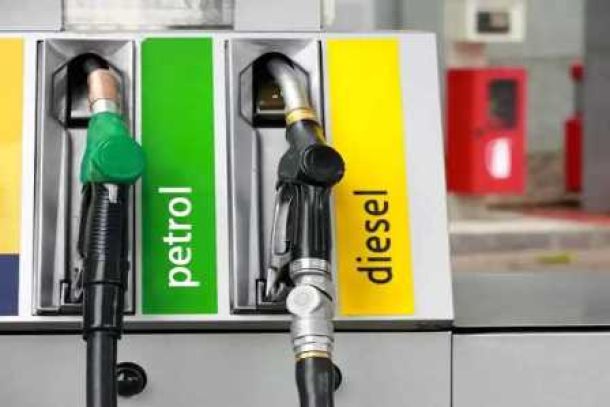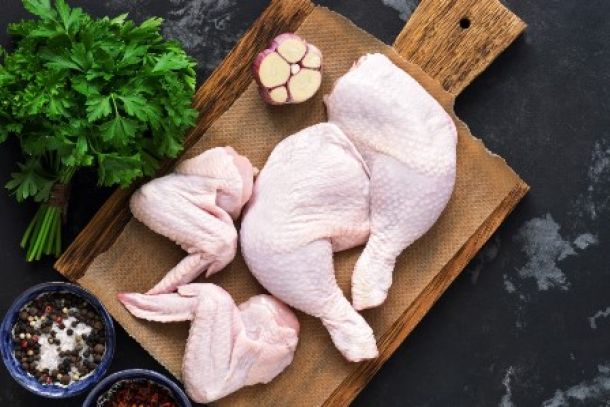Why you are forking out more for butter and meat
Consumers needing a bit of butter to make their batter better are having to pay a heavy price for this dairy luxury. Butter prices have risen over 30% since January 2016.
But those hoping to find comfort in a meat binge will also be disappointed, as prices have risen about 17% over the same period.
The spike in the butter price has been attributed to changing consumer habits as well as the ongoing drought in the Western Cape — about 50% of all milk in SA is produced in the Eastern and Western Cape, and water is one of the most important inputs in dairy production.
On the other hand consumers have been opting for full-cream and full-fat products, which has left less cream for butter production. And the proverbial cherry on top is that winter is generally a low-production time for dairy cows.
Changing consumer habits have helped to bring about a steady increase in the price of butter
Viccy Baker, founder of independent consumer website Retail Price Watch — which tracks the prices of household goods in SA — says the biggest price increases in butter occurred during 2016.
"While prices continue to rise, the rate appears to be slower in 2017, possibly because of resistance from the consumer. It is interesting that Lurpak, a premium brand which is almost double the price of other butters, has kept its pricing stable throughout," she says.
According to Baker’s data the average price of the Clover 500g tub of butter at Checkers, Shoprite, Pick n Pay and Spar was R45.25 in January 2016. Shoppers can expect to pay R61.84 in July 2017 — a 36.7% leap in price. For the Springbok unsalted 500g tub, the price last year was R43.45 but this year it is R59.99, up 38.1%. The Lurpak 250g of butter was sold for R50.52 in January 2016 and now costs R49.99 – a decrease of 1%.
SA is not the only country experiencing a shortage. The UK and the US are in the same boat. All three countries could look to importing butter to ensure supply.
According to the International Trade Centre data for 2015, the world’s top butter-exporting country is New Zealand. In second place is the Netherlands and in third Ireland.
New Zealand’s own supply could be under pressure after it announced that it expected to produce less milk this year than in previous years.
Butter has become more expensive because people are buying full-fat dairy products, and red meat costs more too, though as herds get rebuilt after the drought lamb and beef should become cheaper
Despite the low production of milk in SA due to seasonal change, the price of milk itself has fallen back to pre-drought levels, says Baker.
As for meat, farmers slaughtered their herds during the drought and the surplus of supply then meant lower prices. But now that herds are being rebuilt, prices are on the rise.
Karabo Takadi, agricultural economist at Absa, says beef prices increased significantly in the six months to June 2017. He says the average class A beef price was 17.2% higher at the end of June than at the end of January 2017.
"The excellent recovery in rainfall after the drought boosted the revival of pastures," he says. The long-term result of improved rainfall would be investment in livestock, which would ultimately be a tasty boon for consumers.
"We should see improved livestock productivity and production in the next two years. This should increase supply, which could eventually lower the consumer prices of protein foods."
Meanwhile, says Takadi, the high costs of beef, lamb and mutton could sway South Africans to switch to cheaper meat such as pork and poultry. The national lamb price in particular is at a record high at just below R75/kg.
"With the poultry industry faced with bird flu outbreaks, production costs may increase due to the added biosecurity measures and production losses. As a result, poultry producers may also start to demand higher prices. This may in turn result in a shift towards pork products as an alternative to poultry," says Takadi.
Baker’s data shows that lean beef mince cost R69.87/kg in January 2016 and jumped to R73.53/kg in January 2017. The average current price is R81.86.
Lamb braai chops cost R104.10/kg last year January. Today, the average cost is R124.81.
The cost of pork rashers has increased more slowly, rising to R85.77 in July 2017 from R79.41 in January 2016.
More in Financial Mail
News Category
- International retailers
- On the move
- Awards and achievements
- Legislation
- Wine and liquor
- Africa
- Going green
- Supplier news
- Research tools
- Retailer trading results
- Supply chain
- Innovation and technology
- Economic factors
- Crime and security
- Store Openings
- Marketing and Promotions
- Social Responsibility
- Brand Press Office
Related Articles

Confirmed: Petrol, diesel price cuts on Wednesday

Petrol price relief expected next week

SA poultry industry calls for targeted chicken ...

Empowering South African households through gro...


